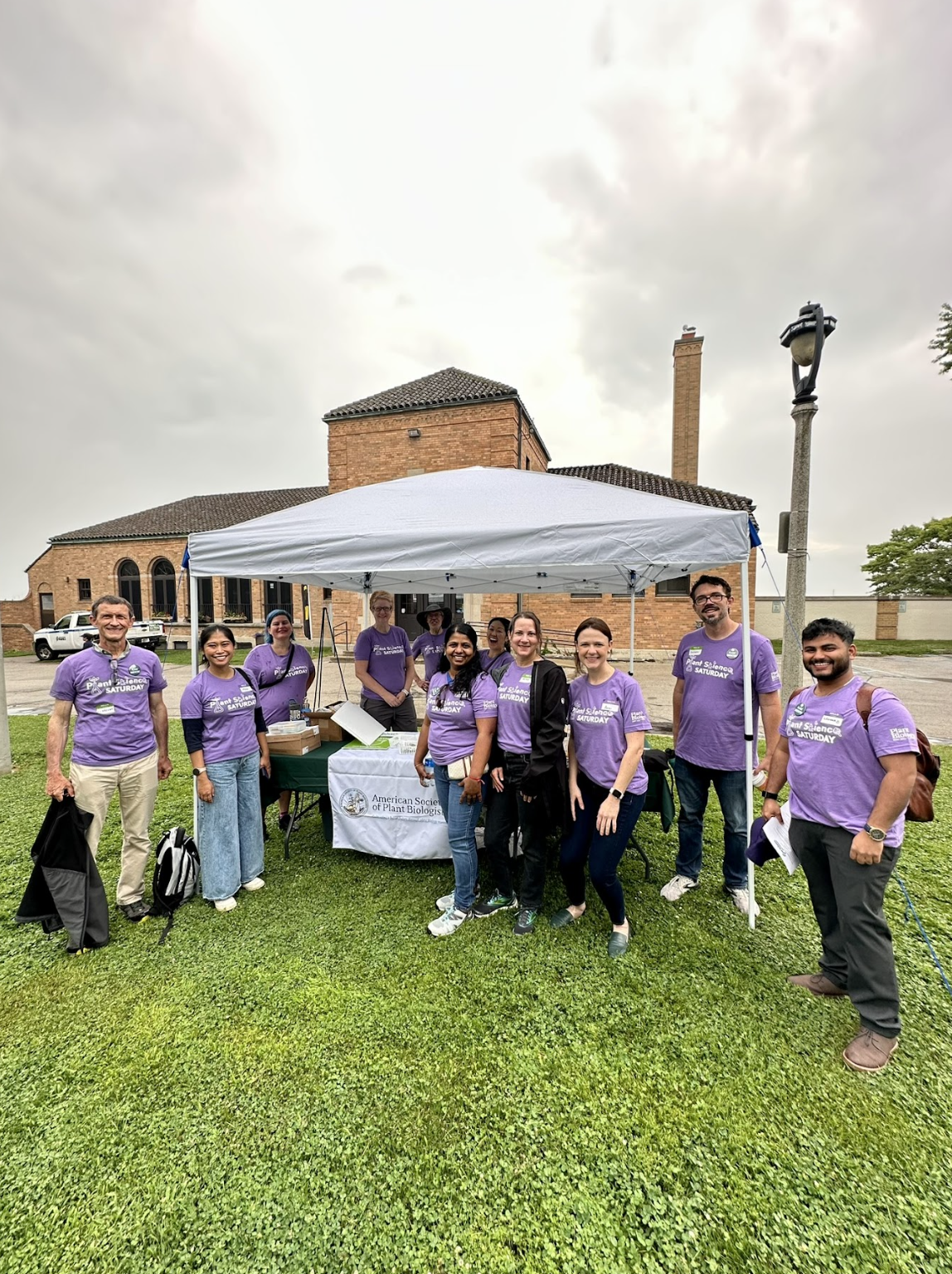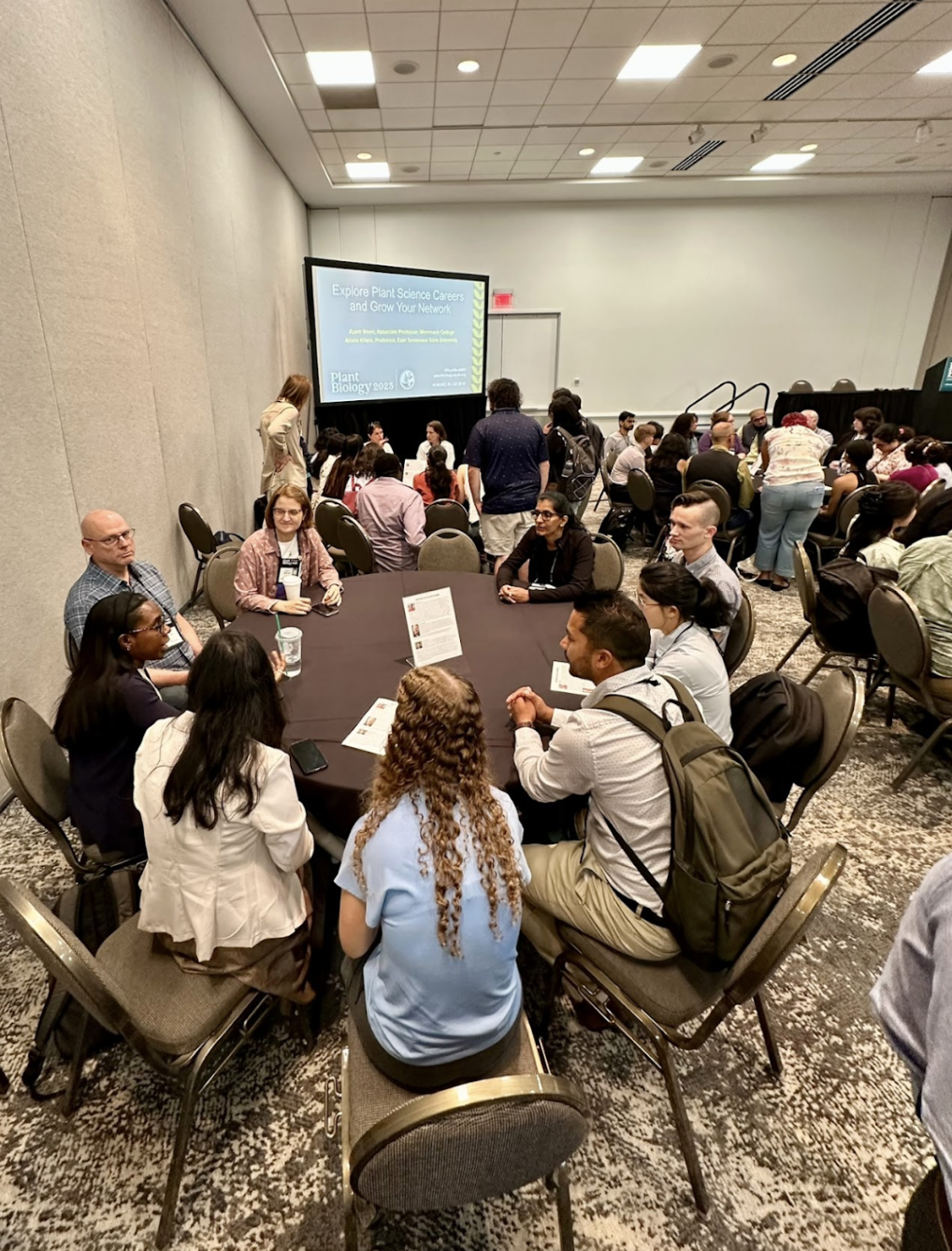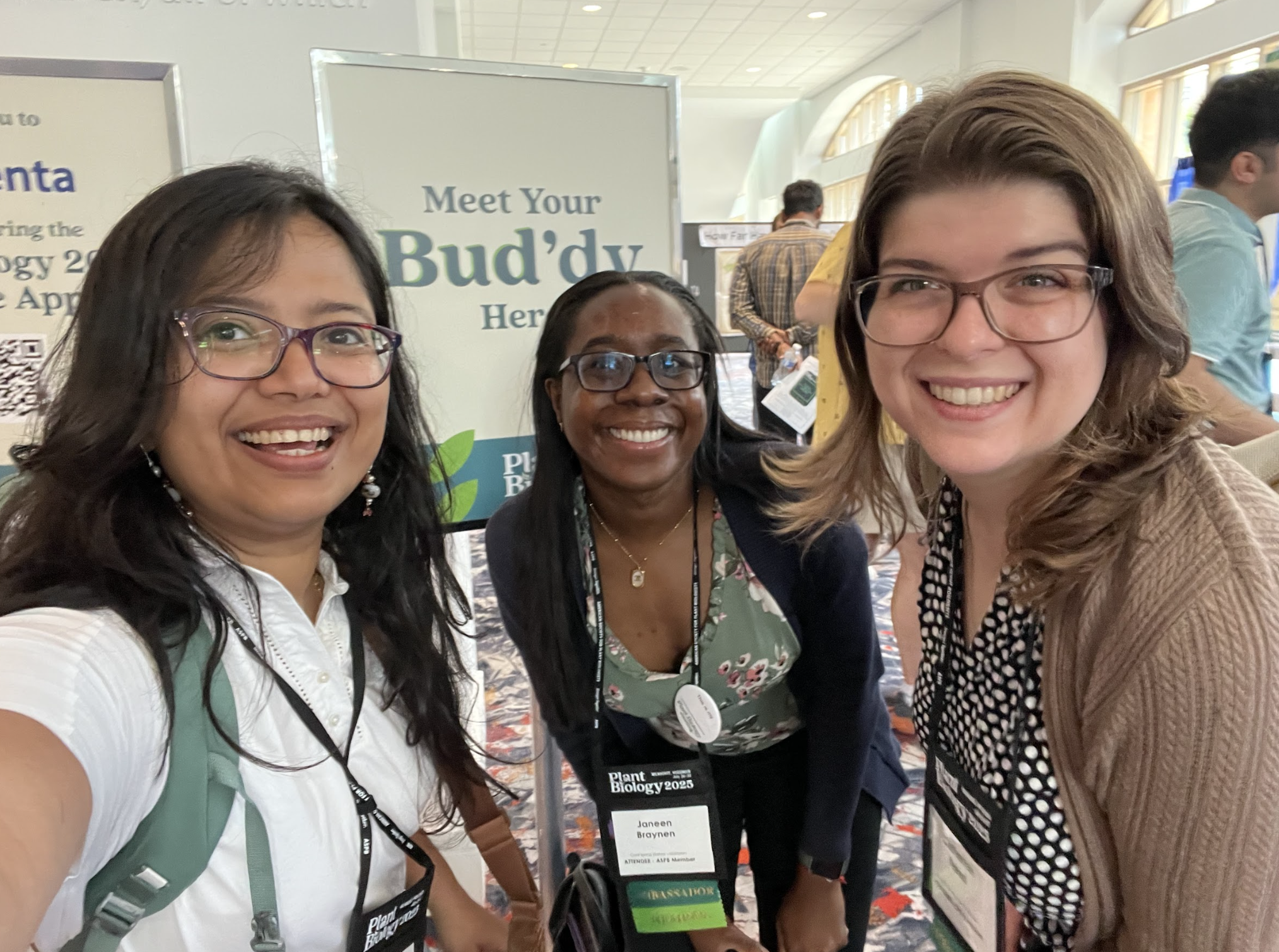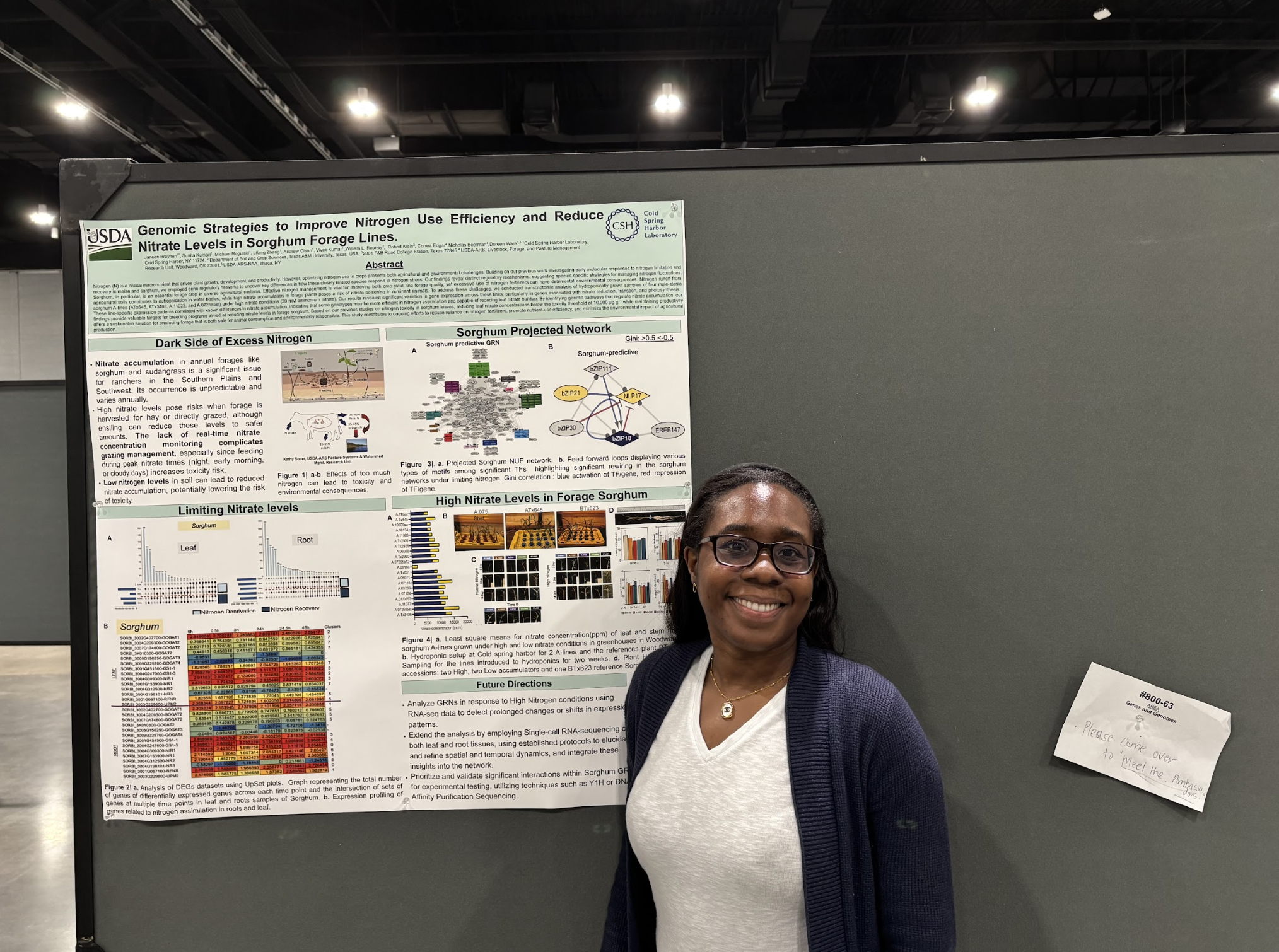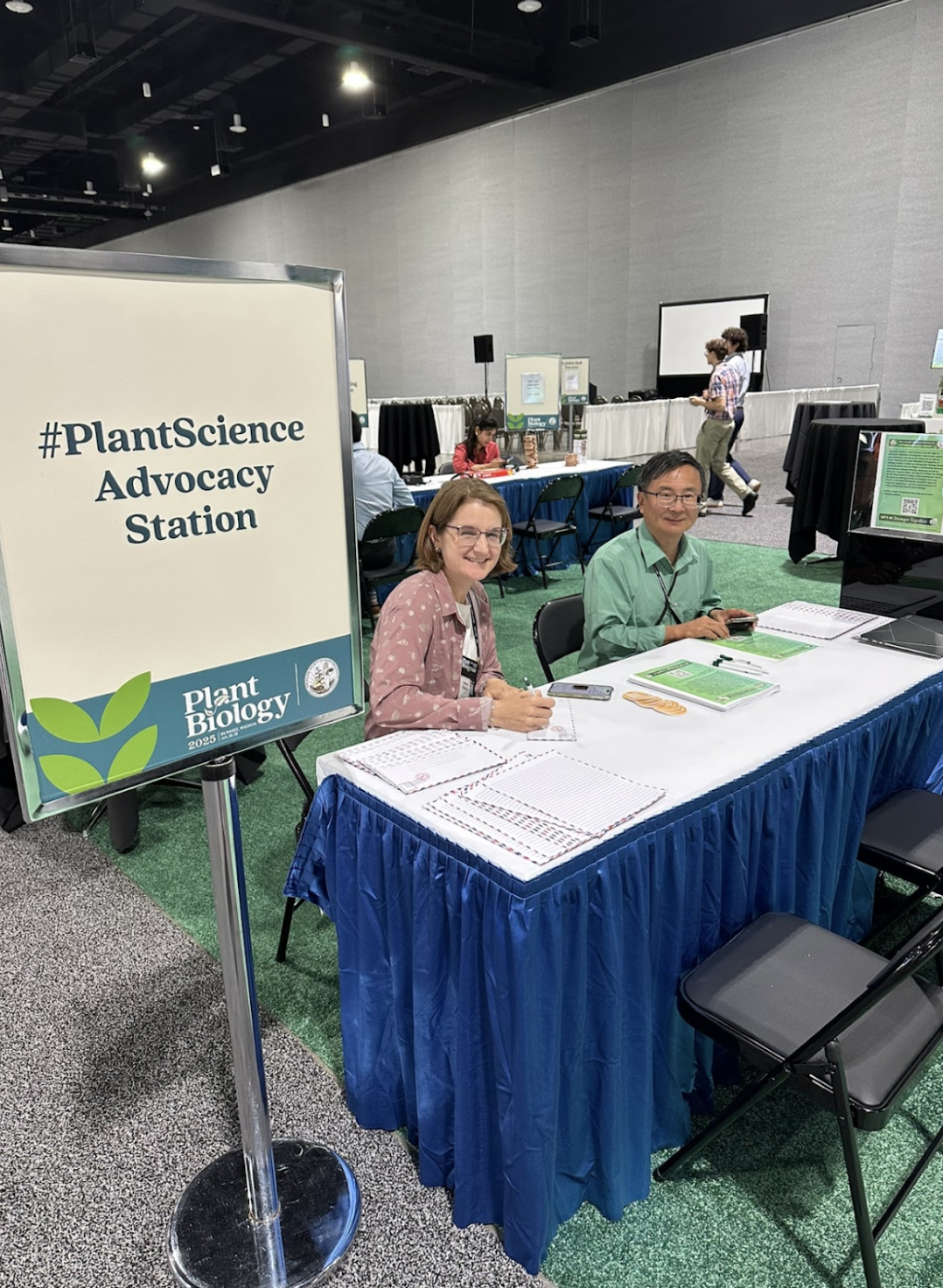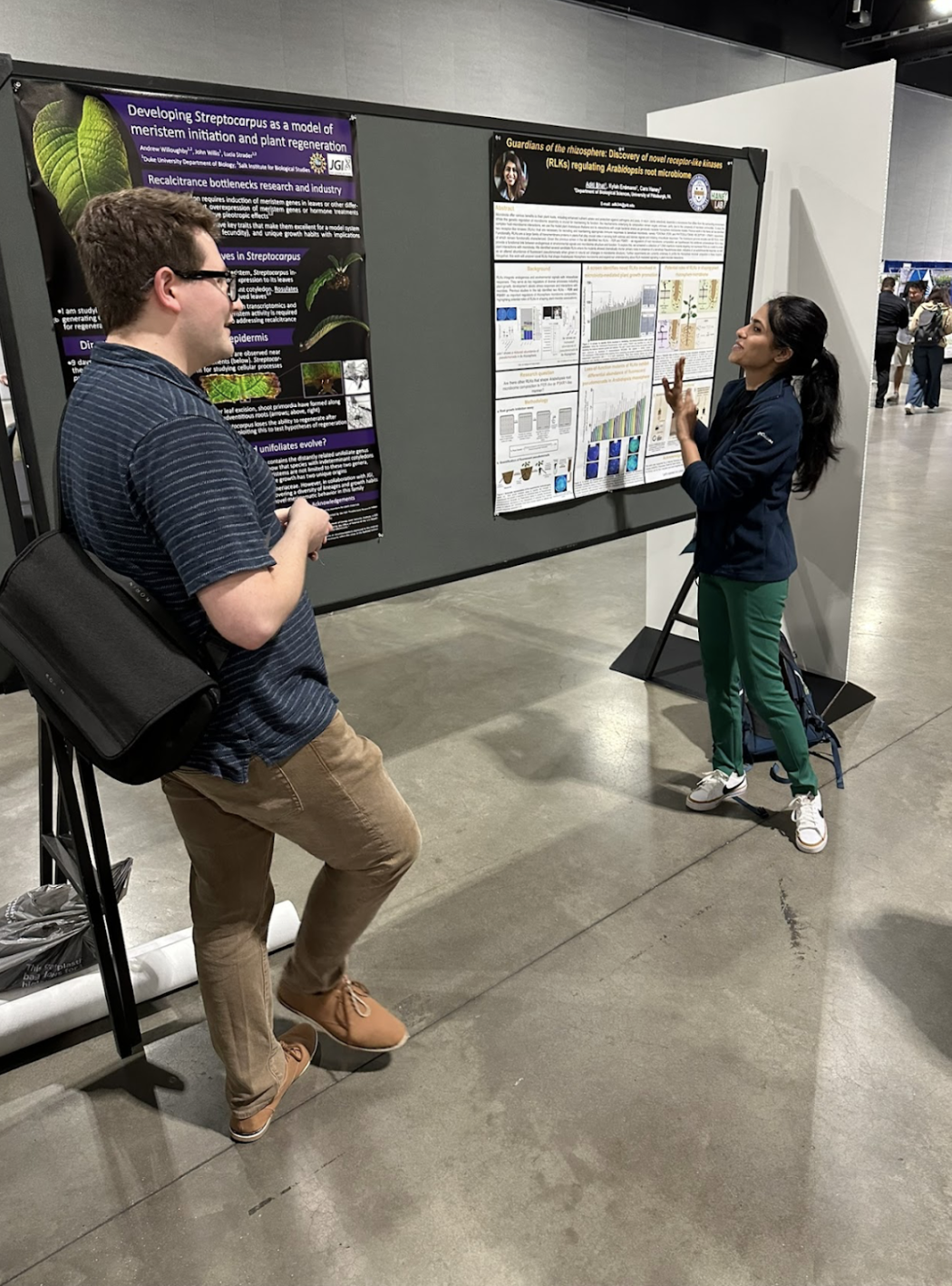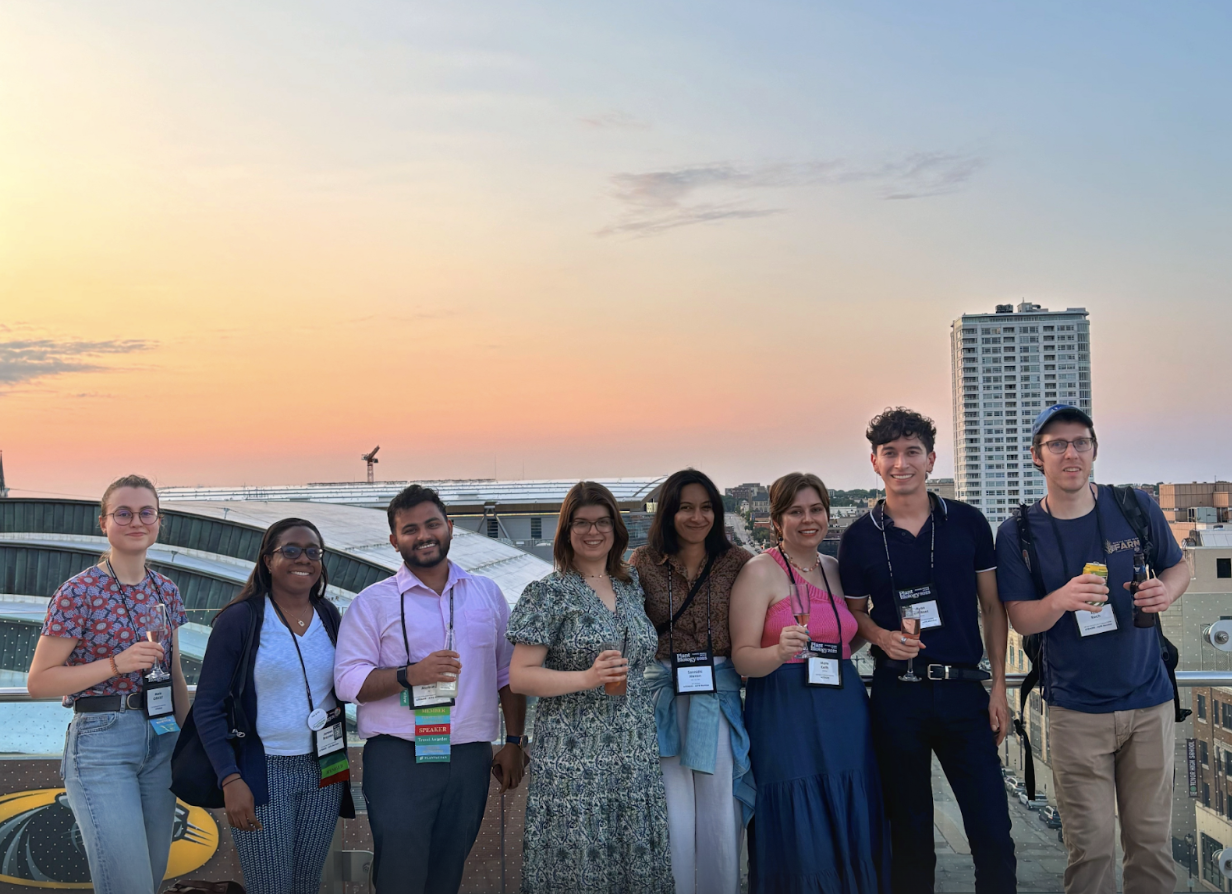Highlights from Plant Biology 2025
By Janeen Braynen, PhD
Edited by Audra Olson
The Plant Biology 2025 Conference, hosted by the American Society of Plant Biologists (ASPB), took place from July 26–30 in Milwaukee, Wisconsin. This annual gathering brought together plant scientists from around the globe for an inspiring week of scientific sessions, interactive workshops, poster presentations, and networking opportunities. The meeting served as a hub for professional growth and scientific exchange, equipping attendees with the knowledge, skills, and connections needed to advance both their research and careers.
This year’s conference welcomed over 984 scientists and researchers, featured 36 exhibitors, and offered 20 workshops across diverse areas of plant biology. Attendees engaged with 533 poster presentations and explored 727 completed abstracts, broken down as follows:
- 25 Community-proposed talks
- 235 Independent abstracts
- 8 Plenary abstracts
- 20 Workshop abstracts
- 439 Poster abstracts
While most attendees were from the United States, scientists from over 32 countries were represented, highlighting the international scope of the ASPB community.
Virtual Bioinformatics Session
On July 15, 2025, Dr. Sunita Kumari of the Ware Lab at Cold Spring Harbor Laboratory (CSHL) chaired the ASPB Virtual Plant Bioinformatics session: “AgBioData Consortium Resources and Databases for FAIR Agricultural Data Discovery, Sharing, and Reuse.” The session featured seven expert speakers and spotlighted key genomic databases critical for plant research, including:
- Gramene
- AgBioData
- BreedBase
- TAIR
- MaizeGDB
- TreeGenes
- BioAnalyticalResources (BAR)
Dr. Kumari presented exciting updates on the Gramene Plants and Pan Genome Resources, emphasizing recent advances that support comparative genomics and data interoperability.
Research Highlights
Dr. Janeen Braynen, a postdoctoral researcher in the Ware Lab at CSHL, delivered a talk titled: “Investigating Iron Stress Responses in Sorghum: Gene Regulation, Nutrient Dynamics, and Resilience.” Her presentation focused on variation in iron concentration and transcriptional regulation among genetically diverse CP–NAM sorghum lines, highlighting four lines that exhibited distinct responses under iron-limited hydroponic conditions.
In addition to her oral presentation, Dr. Braynen presented two posters:
- “Genome-wide transcriptomic profiling of sorghum lines under nitrogen stress conditions”
- “SorghumBase is a Knowledgebase for Sorghum Genomic Data and Community Interaction”
These contributions emphasized ongoing efforts to better understand nutrient stress responses and promote open-access plant genomic resources.
Plenary Sessions
The plenary sessions featured trailblazing scientists whose talks inspired attendees and sparked meaningful discussions:
- Danielle Ignace, PhD highlighted the urgent need for a reimagined, transdisciplinary approach to environmental research and education. She emphasized the importance of diversifying perspectives and values within research frameworks to mentor the next generation tackling complex environmental challenges.
- Dawn Nagel, PhD discussed how the plant circadian clock regulates responses to environmental stress, presenting ongoing work on the molecular mechanisms influenced by time of day, particularly under heat stress conditions.
- Neelima Sinha, PhD explored the genetic and evolutionary mechanisms behind leaf development. Her team used comparative transcriptomics and integrative analysis across model and non-model species to dissect gene regulatory networks shaping leaf morphology.
- Laura Wayne, PhD presented innovative work on engineering next-generation oilseed traits. Through genetic screens, protein and metabolic engineering, and gene editing, her team is developing seed oil traits with enhanced nutritional value and energy density.
- John Harada, PhD delved into the temporal and spatial dynamics of seed development. He discussed gene networks that regulate morphogenesis and maturation phases and examined tissue-specific development of the embryo, endosperm, and seed coat.
Concurrent Symposia
Attendees also benefited from a diverse slate of concurrent symposia that offered deep dives into specialized areas of plant science. One session, From Roots to Canopy: Advanced X-ray Imaging in Plant Biology, highlighted cutting-edge imaging technologies that allow researchers to non-invasively visualize internal plant structures—from root systems to leaf tissues. Another, Plant Reproduction: From Sporogenesis to Seed Formation Under Normal and Stress Conditions, explored the intricacies of reproductive development and how environmental stressors influence gamete formation and seed viability. The symposium How Diversity Shapes the Plant World rounded out the lineup by examining genetic and morphological variation in key crops such as maize, tomato, soybean, and sorghum, underscoring its essential role in adaptation, ecosystem resilience, and crop improvement.
Plant Biology 2025 served as a dynamic space for discovery, collaboration, and scientific growth. Whether through the sharing of cutting-edge data, showcasing novel methodologies, or fostering inclusive community engagement, the conference reaffirmed ASPB’s commitment to advancing plant science for a sustainable future.
If you’re looking to be part of a society that is “innovating, educating, and communicating for a better future through plant biology,” consider joining ASPB and connecting with a vibrant, global network of plant scientists dedicated to making a difference.
Learn more and become a member today: https://aspb.org/membership
Visit the ASPB homepage: https://aspb.org
